Saturday, December 7 to Wednesday, December 11
Vagabonding Days 68-72
Location: Sarajevo, Bosnia and Herzegovina (commonly abbreviated as “BiHâ€)
Nestled in the heart of the Dinaric Alps, Sarajevo is the capital of Bosnia and Herzegovina (BiH) as well as the country’s largest city. With a population of 275,000, it’s the biggest city that we’ve visited in the Balkans so far. Sarajevo is also fairly compact due to its location along the Miljacka River Valley, giving it a bustling metropolitan vibe. It was a refreshing change after visiting so many smaller towns which were decidedly sleepy in the off season.
Traveling to Sarajevo
We traveled by bus from Mostar to Sarajevo. The first half of the journey followed along the Neretva River deep into the Dinaric Alps past the Blidinje Nature Park. The mountains were incredibly beautiful and I had my face pressed against the window pretty much the entire time. I’d read about the fabulous hiking available in this area but it wasn’t in the cards for this trip. So I added it to my bucket list, which seems to just keep getting longer the more places we go.
Upon arrival in Sarajevo, we found our lodging to be a cosy and modern apartment located only a 15-minute walk from the BaÅ¡ÄarÅ¡ija in the old part of town. It also had a fabulous bath tub with jets which I spent entirely too much time in. The last apartment we rented in Mostar was drafty and cold, so it was nice to feel warm and comfortable again.
The BaÅ¡ÄarÅ¡ija Neighborhood and Stari Grad
We spent most of our time in Sarajevo wandering around Stari Grad (Old Town), which is divided into two sections. Founded in the 15th century by the Ottomans, the BaÅ¡ÄarÅ¡ija neighborhood dominates the eastern half of Stari Grad. The cultural heart of Sarajevo, the BaÅ¡ÄarÅ¡ija is comprised of old winding roads and covered bazaars filled with small shops and vendors of all kinds. On the western half of Old Town, the roads are wider and the buildings showcase Austro-Hungarian influences and architecture.

Sarajevo City Hall (Vijećnica). The building was significantly damaged during the Bosnian War and recently re-opened.
The Latin Bridge
Constructed by the Ottomans in the 14th century, the Latin Bridge spans the Miljacka River next to the BaÅ¡ÄarÅ¡ija and is one of the more famous tourist attractions in Sarajevo. It’s also the location where Archduke Franz Ferdinand was assassinated in 1914. As heir presumptive to the Austro-Hungarian throne, Ferdinand’s death sparked World War I and signaled the end of the Austro-Hungarian empire.
Sarajevo became the center of international attention once again during the Siege of Sarajevo in the 1990s. During the conflict, Serbian forces encircled Sarajevo and besieged the city for almost 4 years. A total of 13,952 people died in Sarajevo during the siege, including 5,434 civilians. The scars of war are still plainly evident in the city as many buildings are still riddled with bullet holes. But it didn’t seem as bad as the destruction we saw in Mostar, at least not in parts of town that we explored. To quote Daniel, “if you squinted a bit and used a bit of hopeful nearsightedness, you could almost forget that the town had endured a 44 month siege.”
The fog
What I remember the most about our visit to Sarajevo is the fog. The town was blanketed in a soupy mist almost every day, to the point where visibility was reduced to about 15-20 feet. Apparently this is pretty common, as the city is situated in a deep valley and surrounded by high mountains.
We found out later that much of the fog was actually air pollution. The government issued an air quality alert the day after our arrival banning freight vehicles from the roads, canceling all outdoor public events and warning citizens to remain indoors. We were completely oblivious to the danger and thought that it was just exceptionally foggy weather. It’s hard to stay informed on local events when one can’t understand local news channels or newspapers. The smoggy weather did make for some really interesting and spooky photo opportunities though.
The Sarajevo Holiday Market
I was a bit surprised to discover that Sarajevo had its own Holiday Market. Given that the city’s population is about 80% Bosniak, who generally practice the Muslim faith, I hadn’t expected to find one here. This market runs from December 4 all the way to January 13, in a nod to the diversity of cultures and religions in BiH as a whole. The Catholic and Orthodox Christmases and Hanukkah are celebrated during this period, as well as the New Year, according to both the Gregorian and Julian calendars.
The Coca-Cola Sarajevo Holiday Market was a little bigger than the one in Dubrovnik, featuring an ice skating rink and as well as wooden booths selling various goodies and lots of holiday lights. The ice skating rink was not operational and the market was not very crowded during the times that we visited, however, and seemed rather devoid of holiday cheer. The market didn’t appear to be fully set up and we saw several booths still under construction. The lack of attendance may also have been due to the air pollution that was blanketing the city.

There were only a handful of vendors at the Holiday Market. One booth sold lottery tickets which was rather unusual.
Sarajevo Cable Car and Bobsled Track
On the only afternoon when it wasn’t foggy, Daniel and I took the Sarajevo Cable Car to Mount Trebević. Originally built in 1959, the cable car was used to transport spectators to the Sarajevo Olympic Bobsleigh and Luge Track on Mount Trebević for the 1984 Olympics. The cable car was completely destroyed a few years later during the Bosnian War, and was just recently reconstructed and reopened in 2018. The cable car provided amazing views of Sarajevo as well as access to the bobsled track which has now fallen into disrepair.
The end.
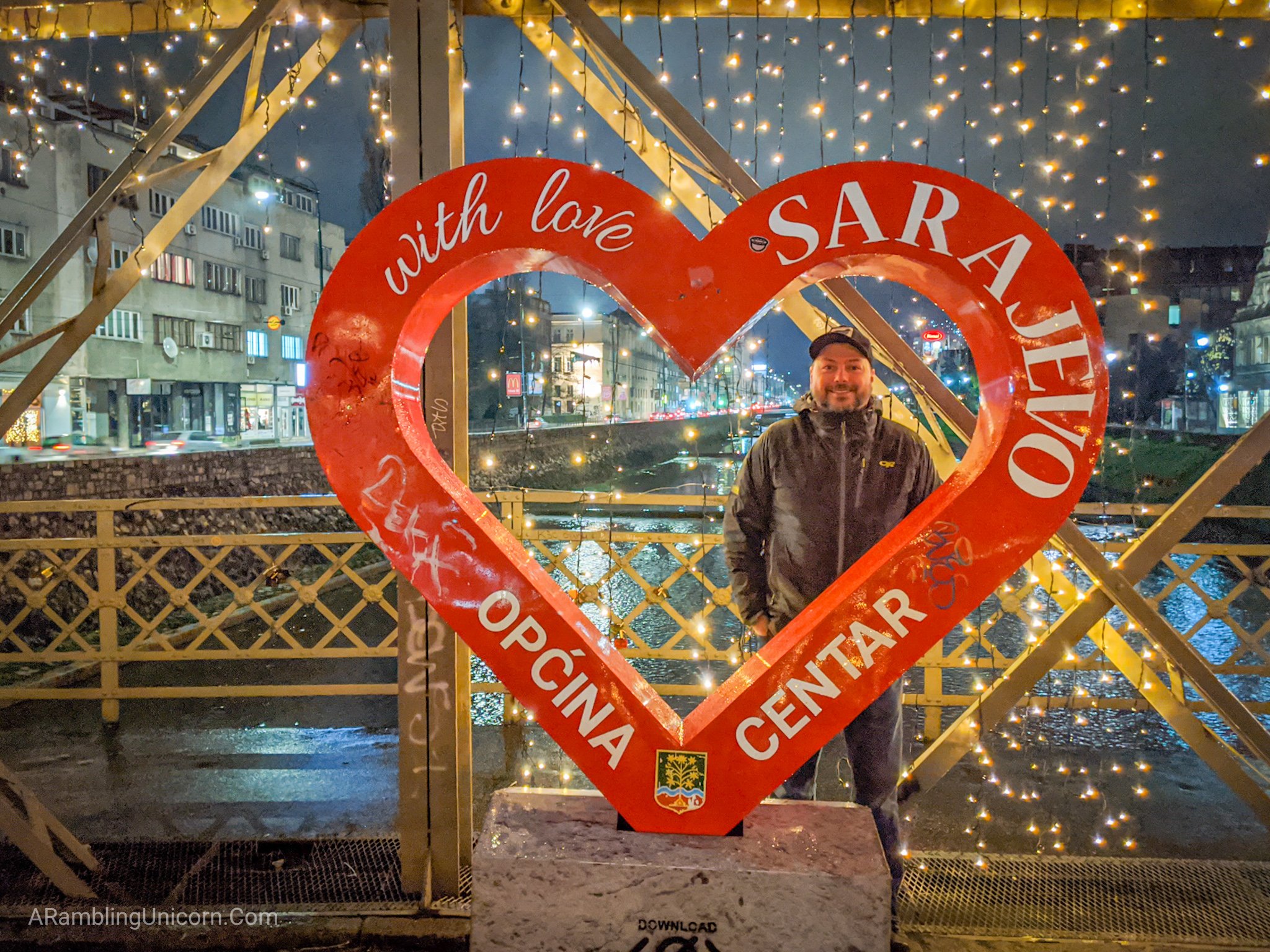
Where are we now?
View the map here: Sarajevo, Bosnia and Herzegovina.

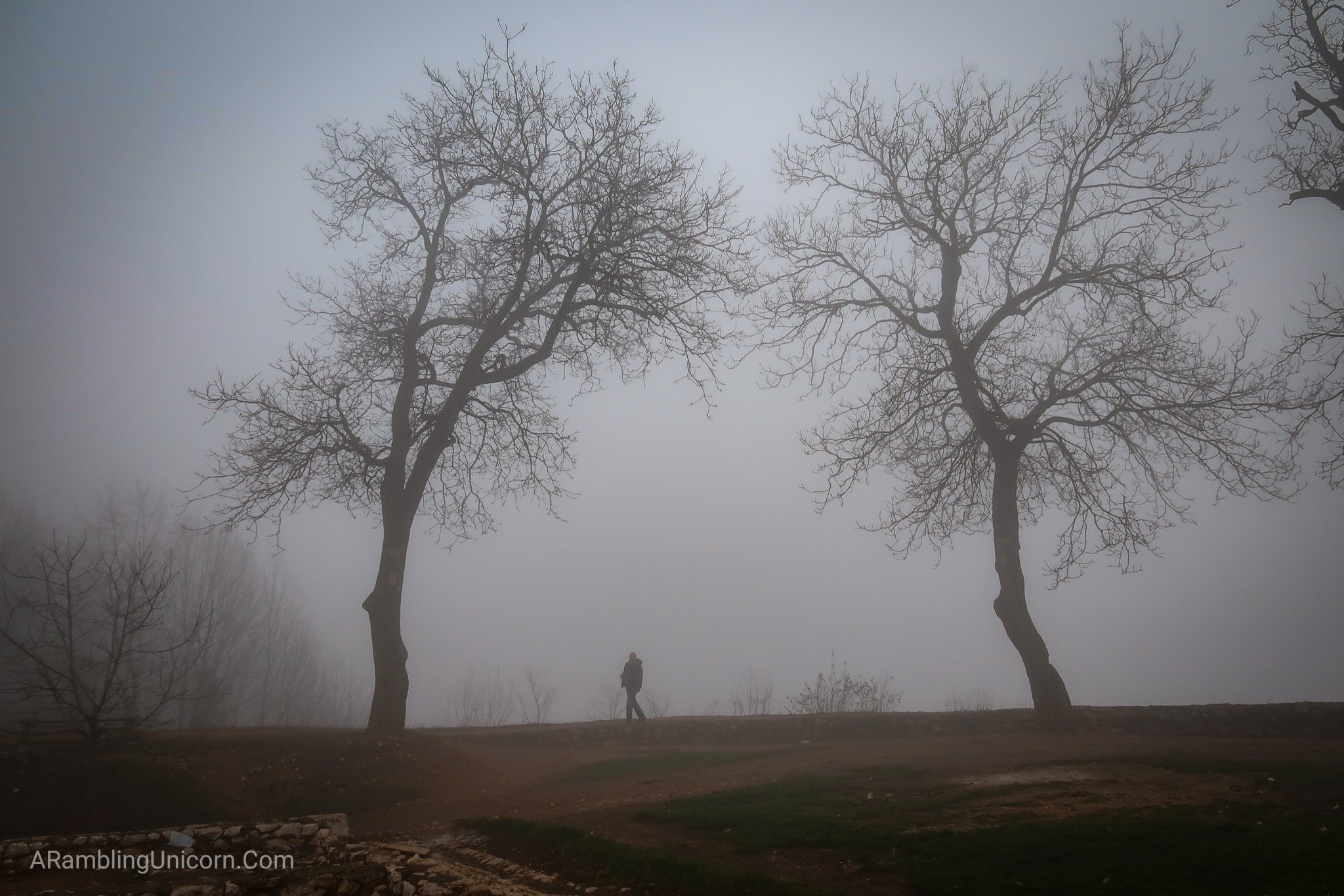

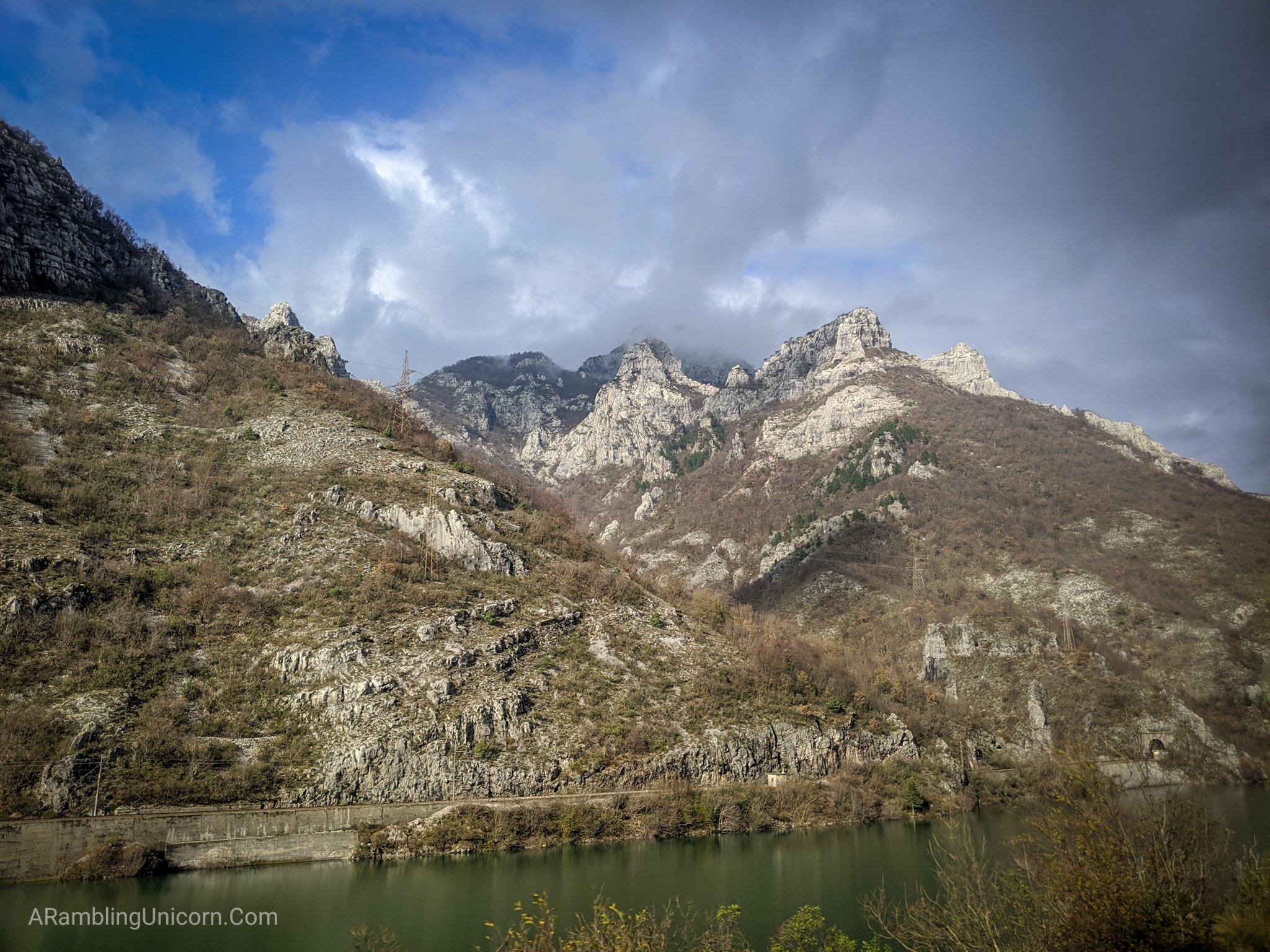

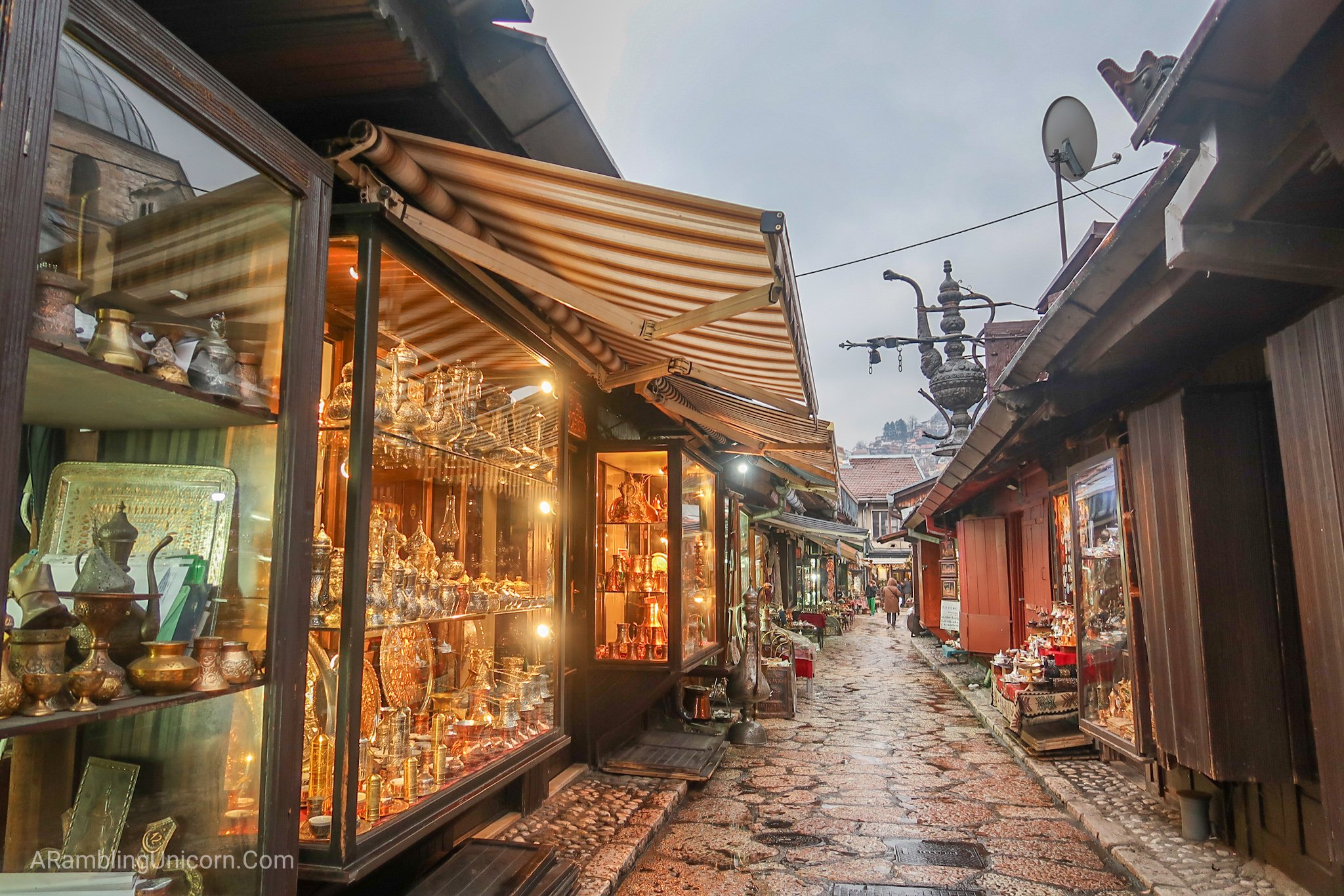
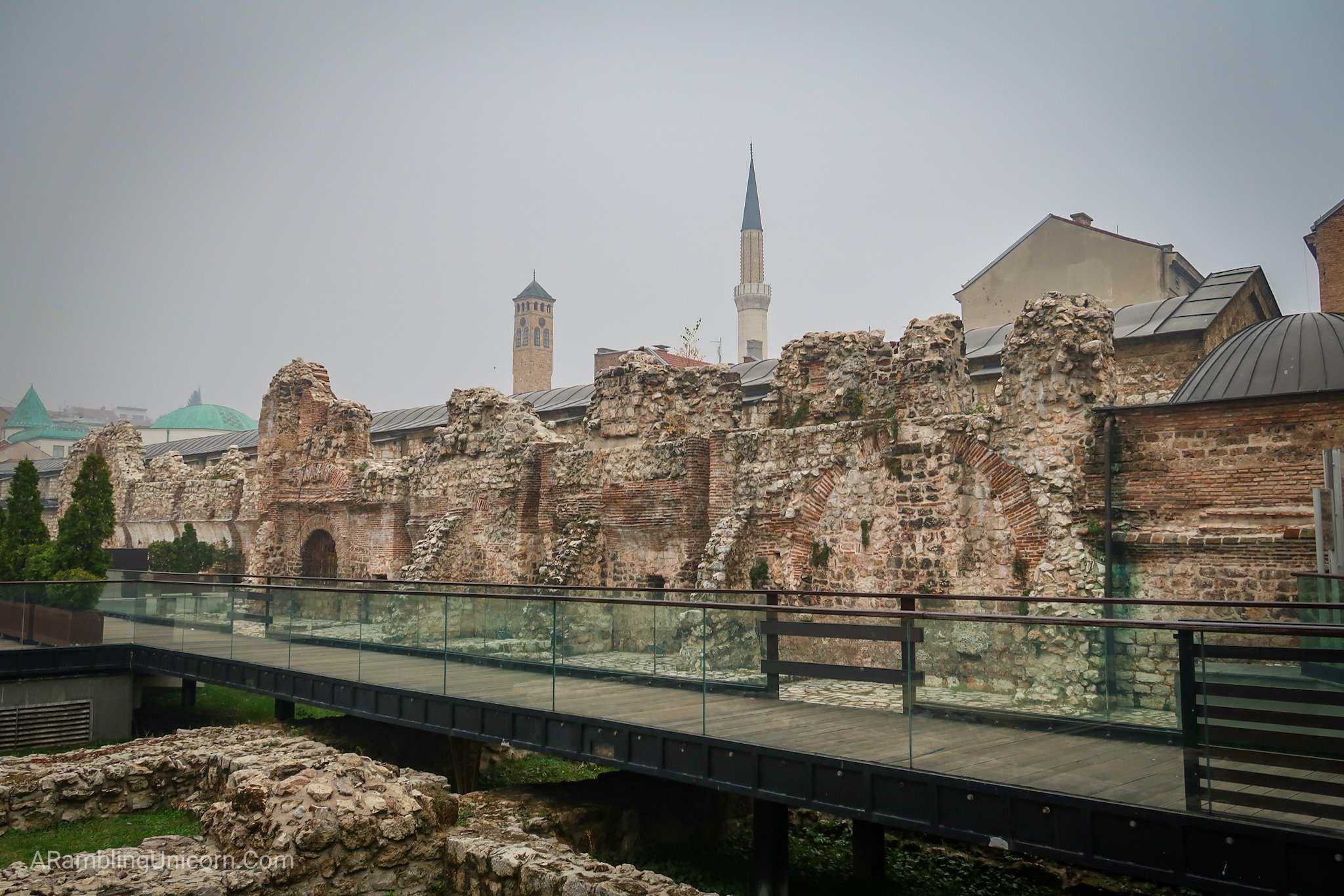

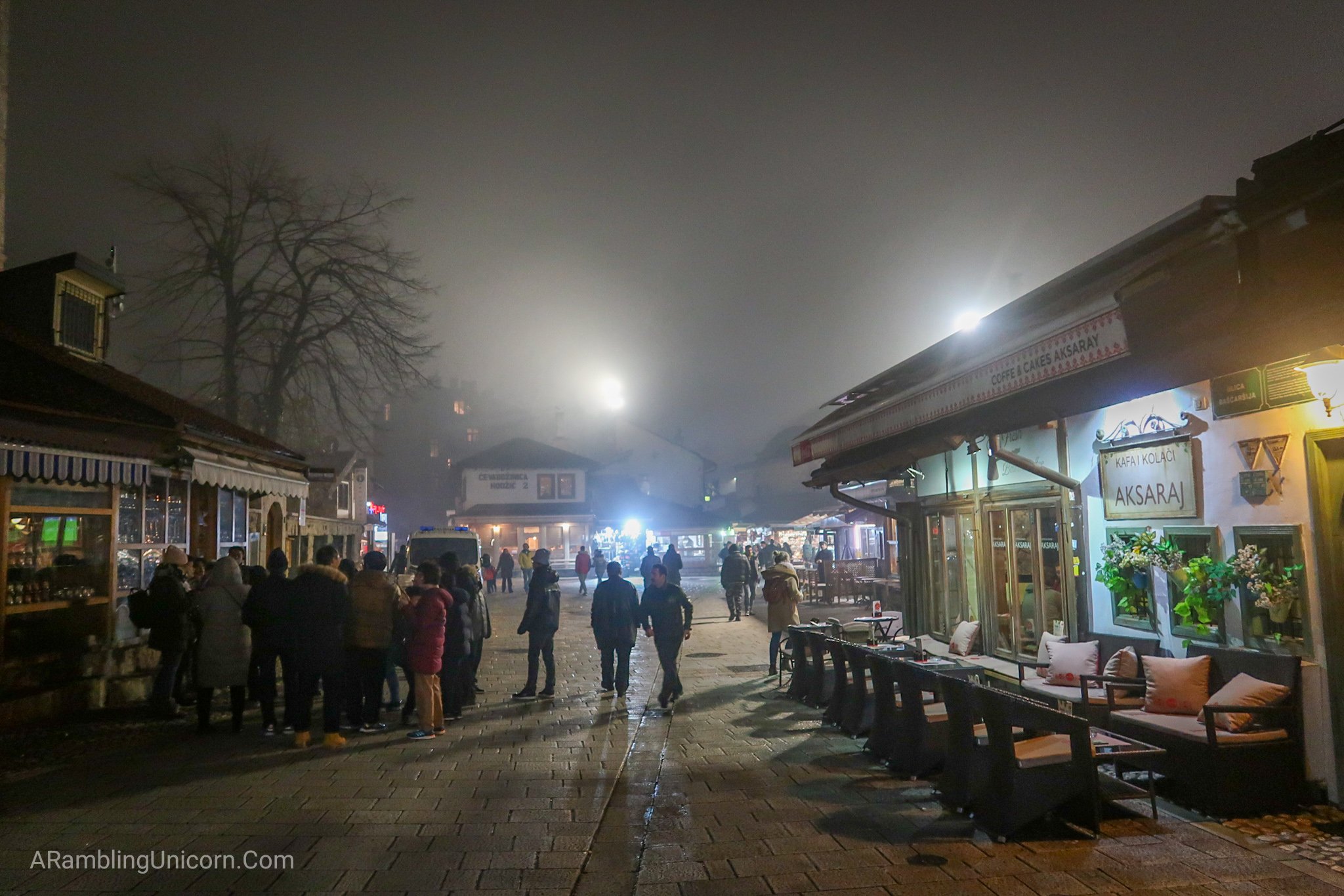

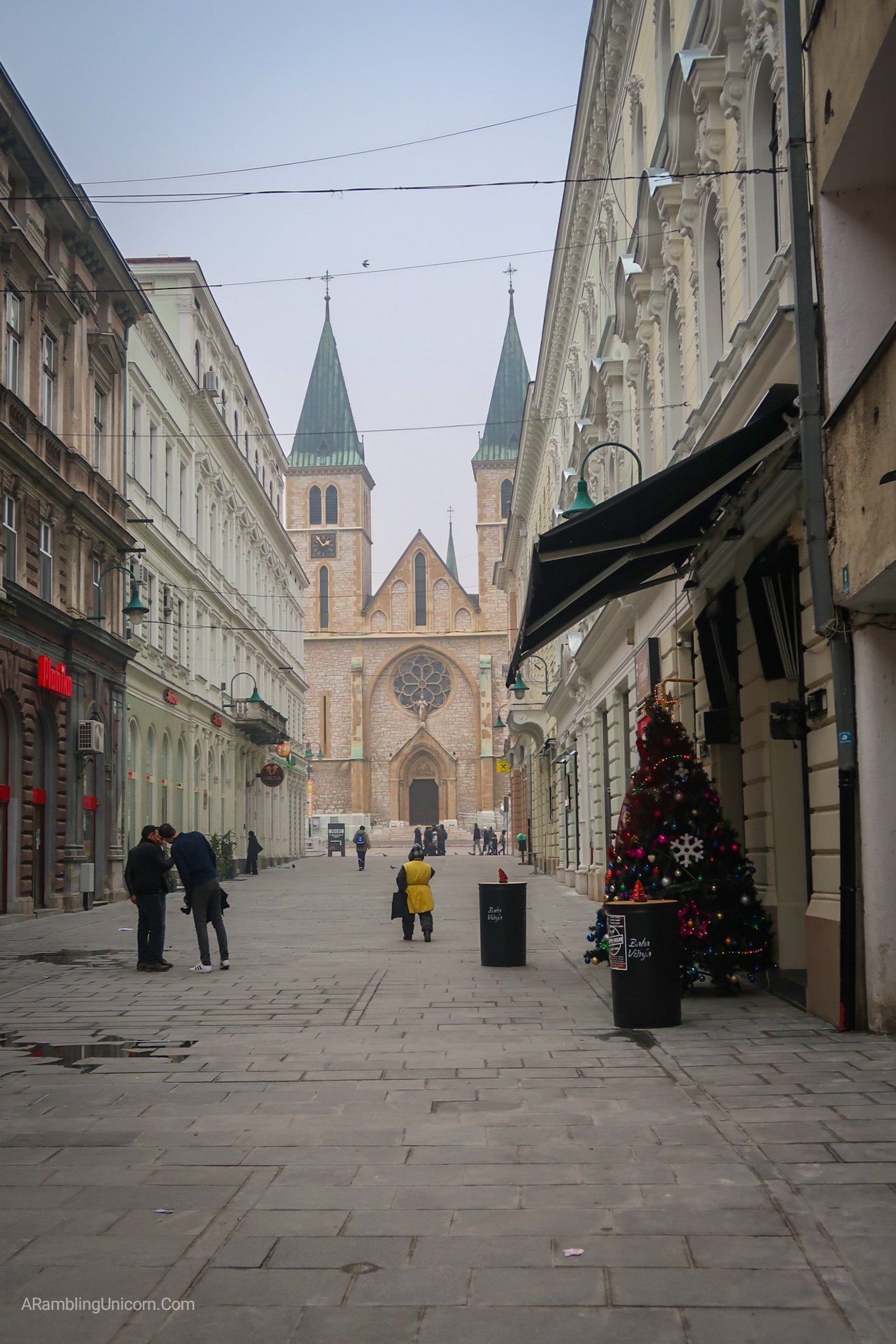

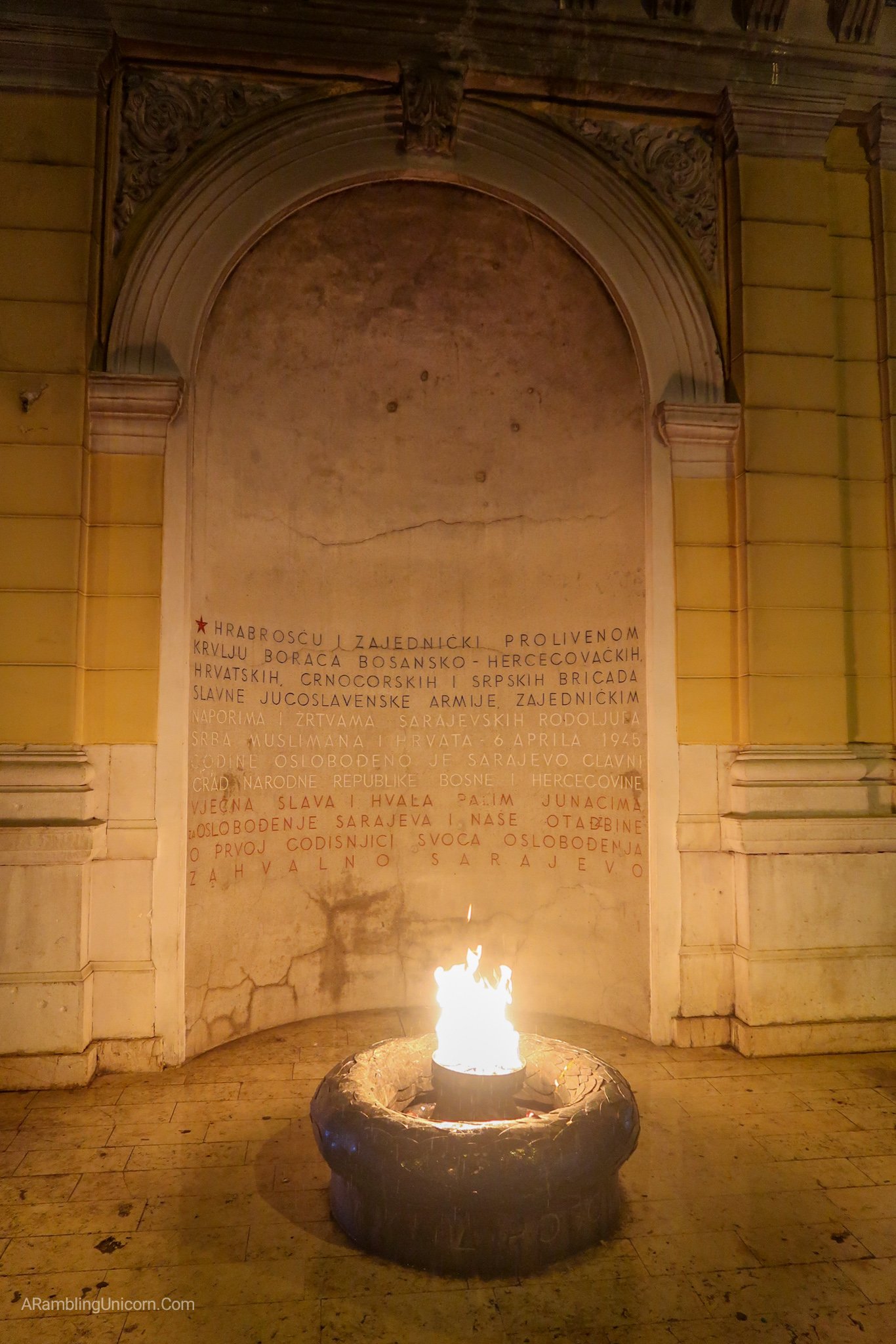

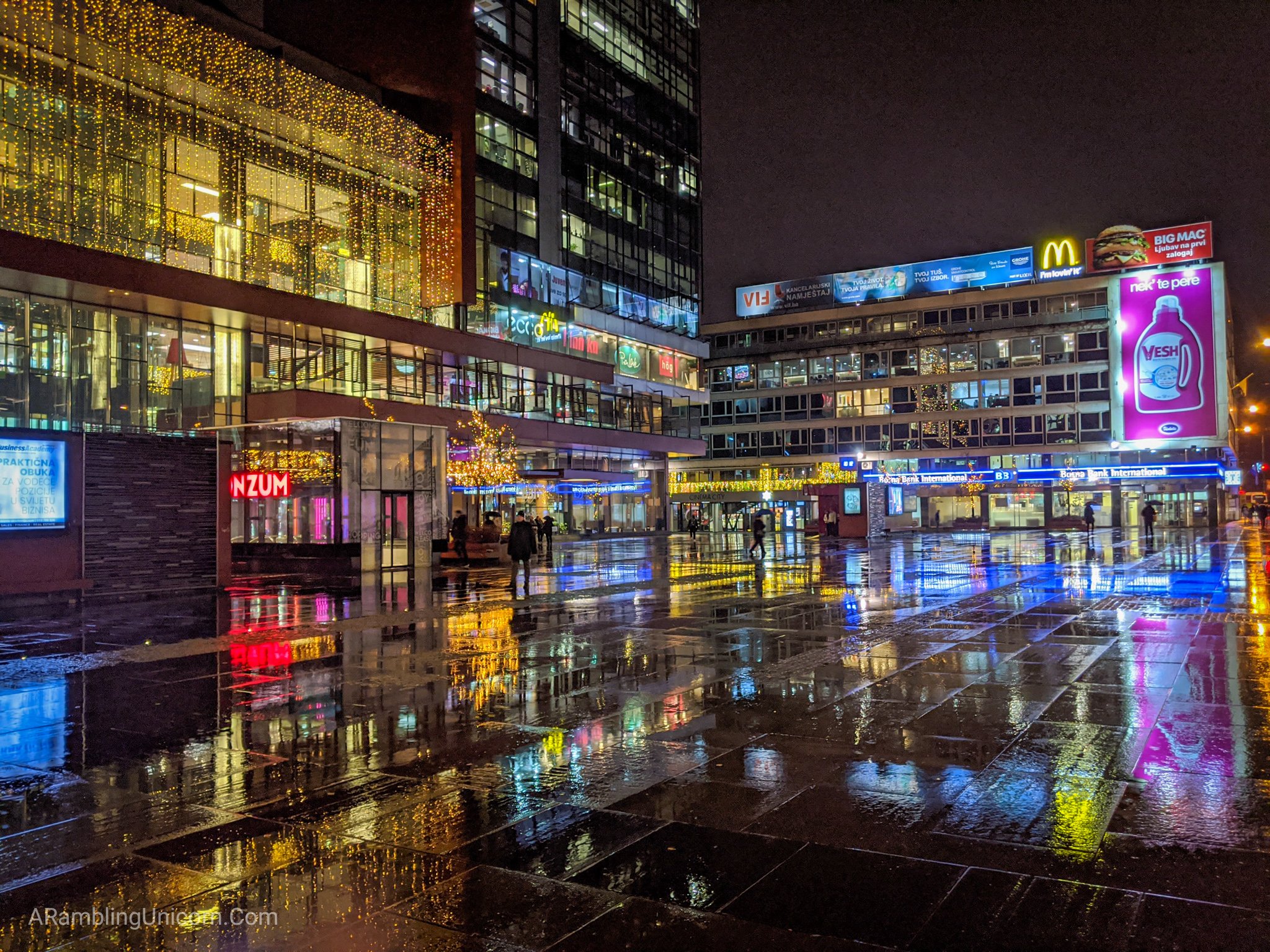
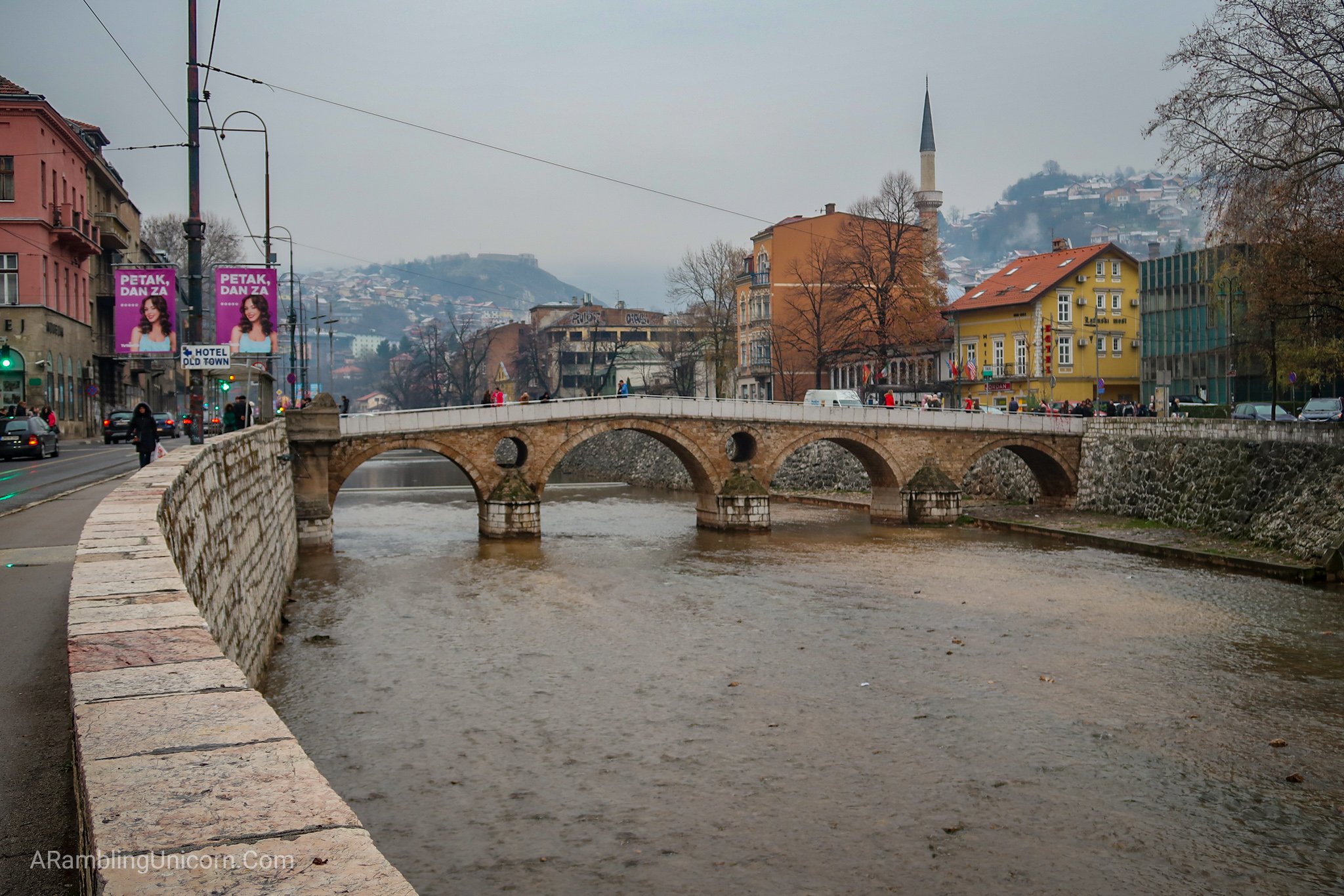


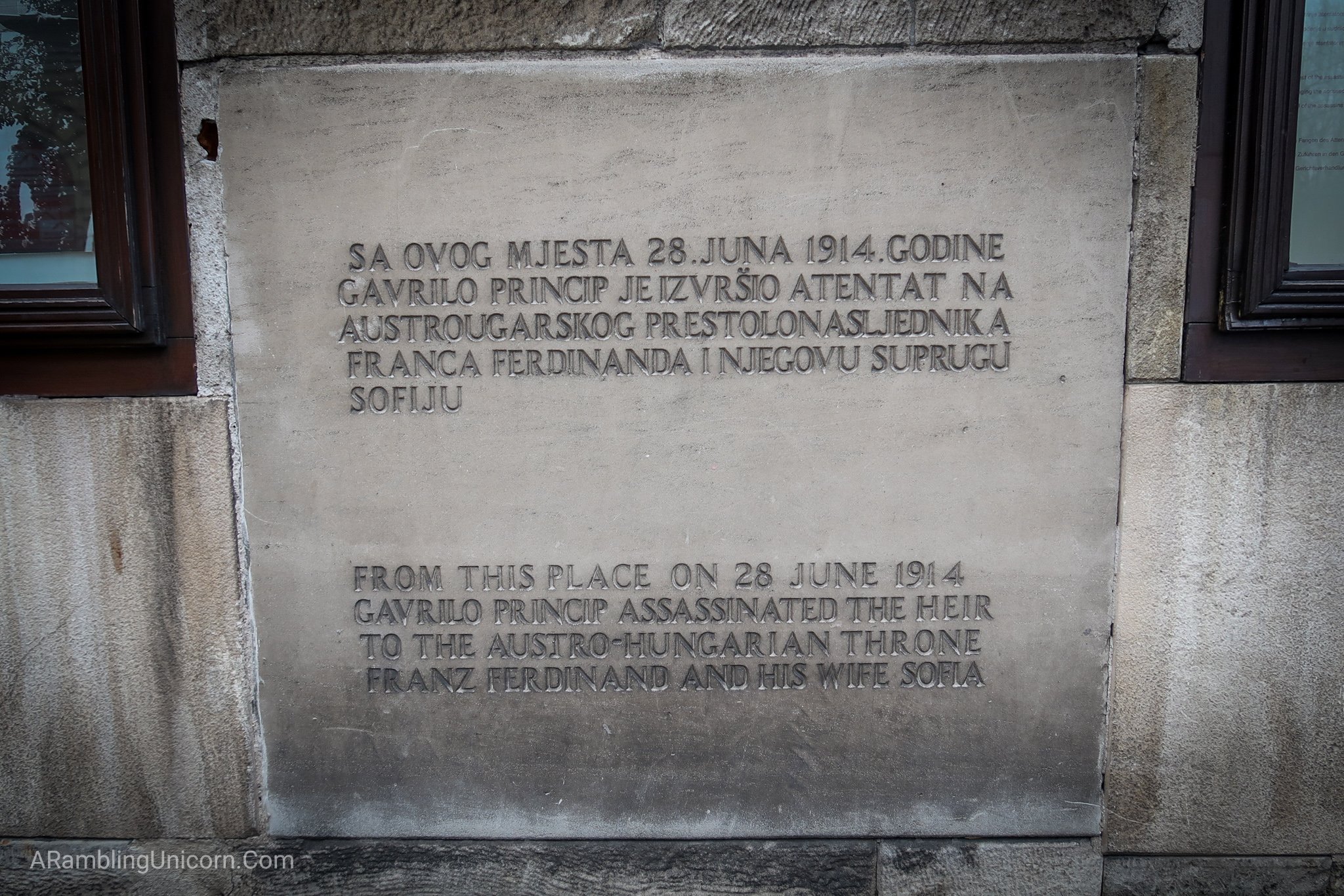

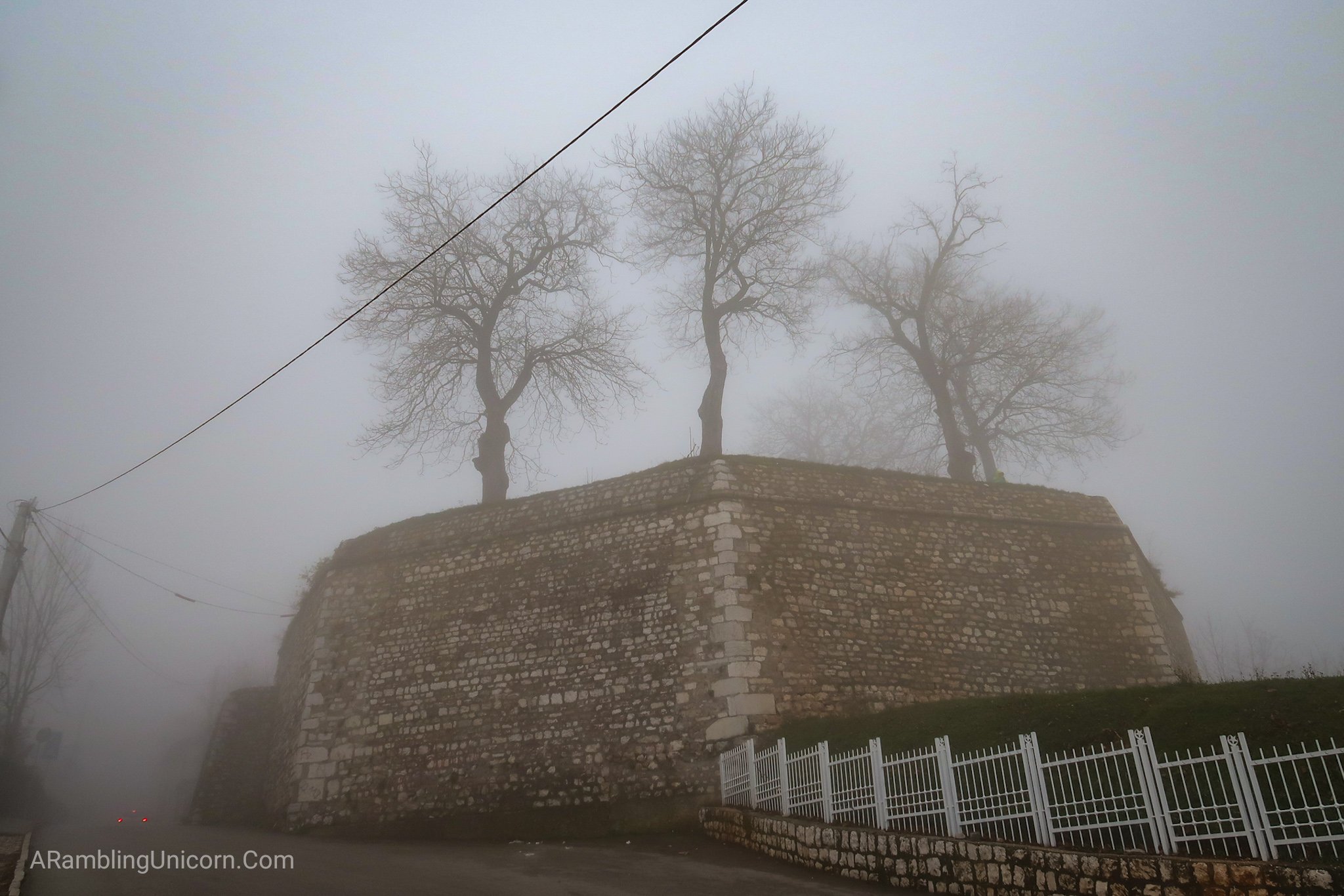





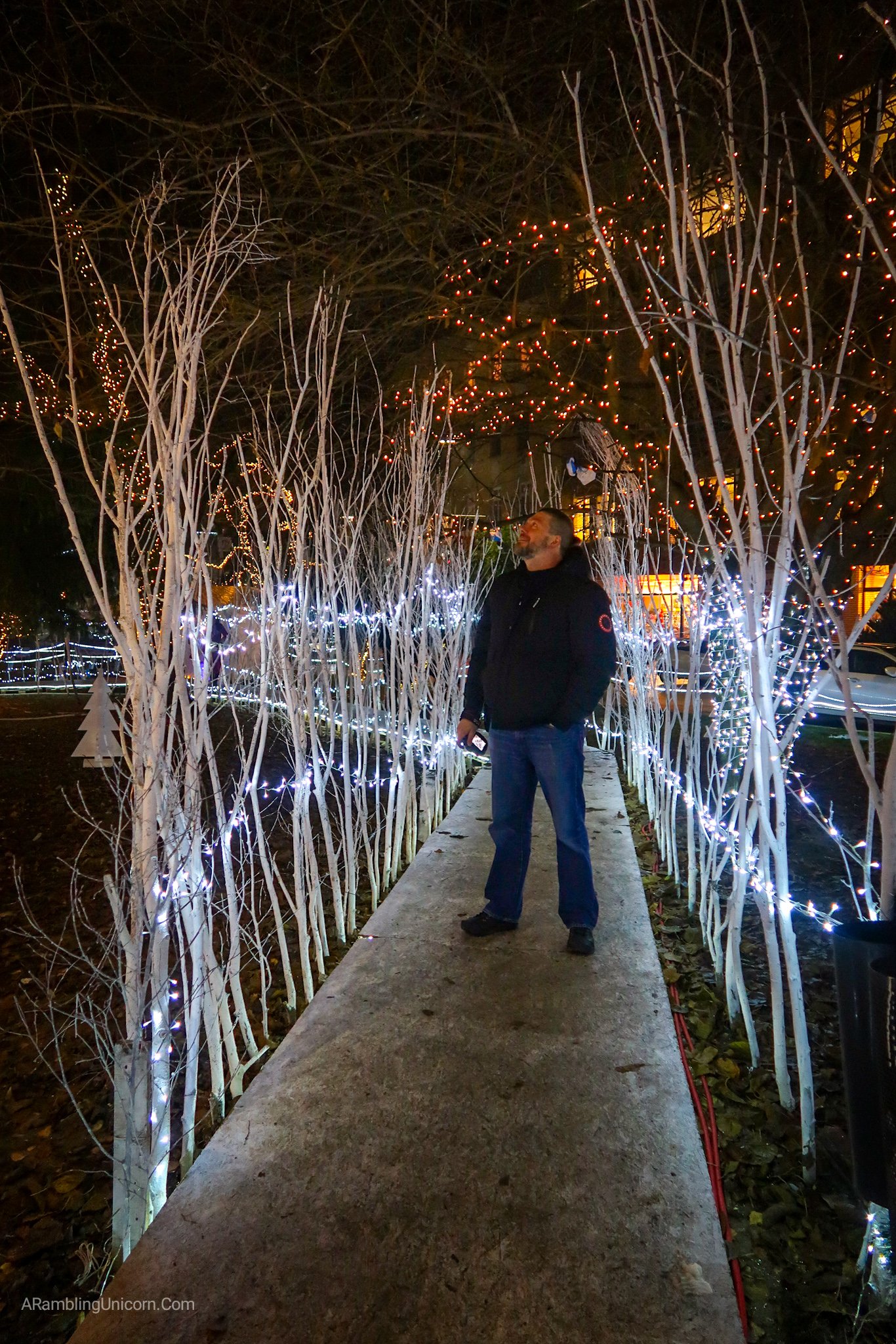
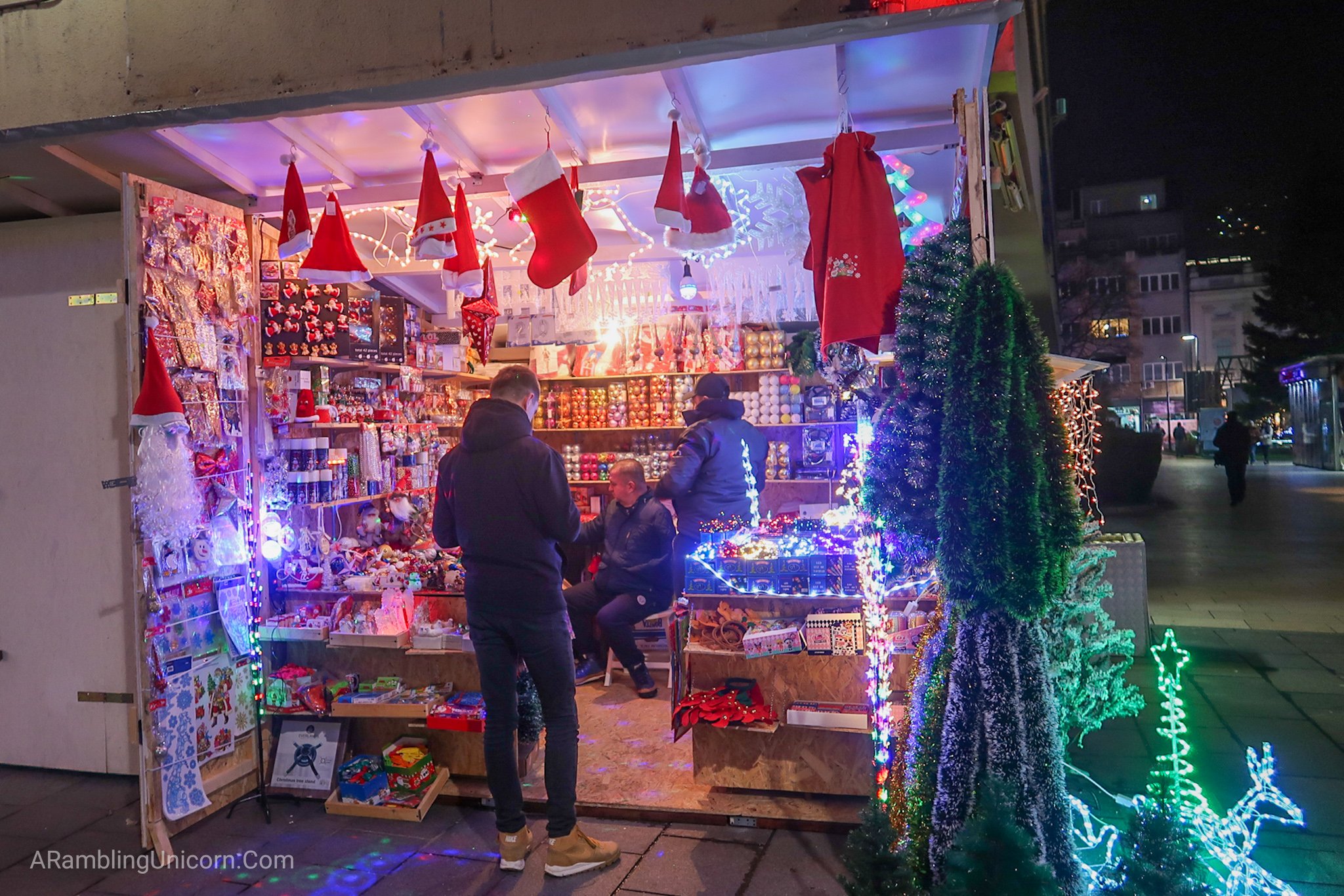


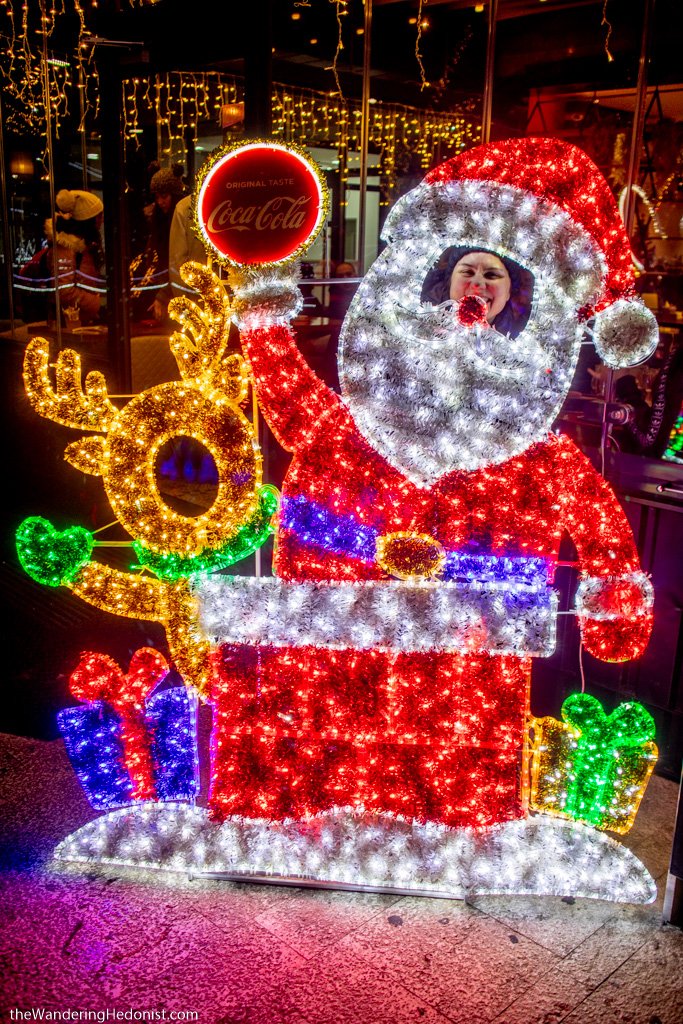


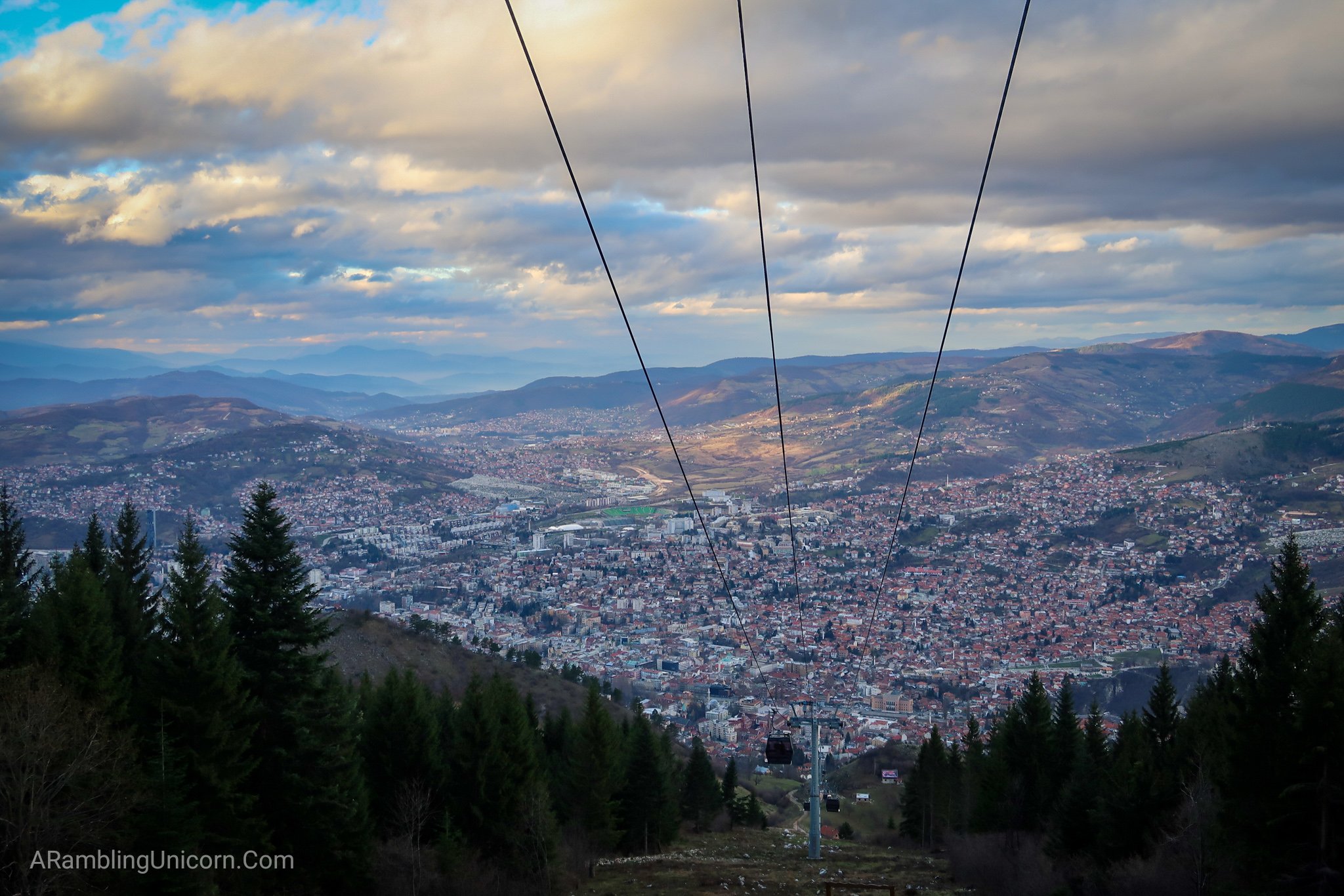


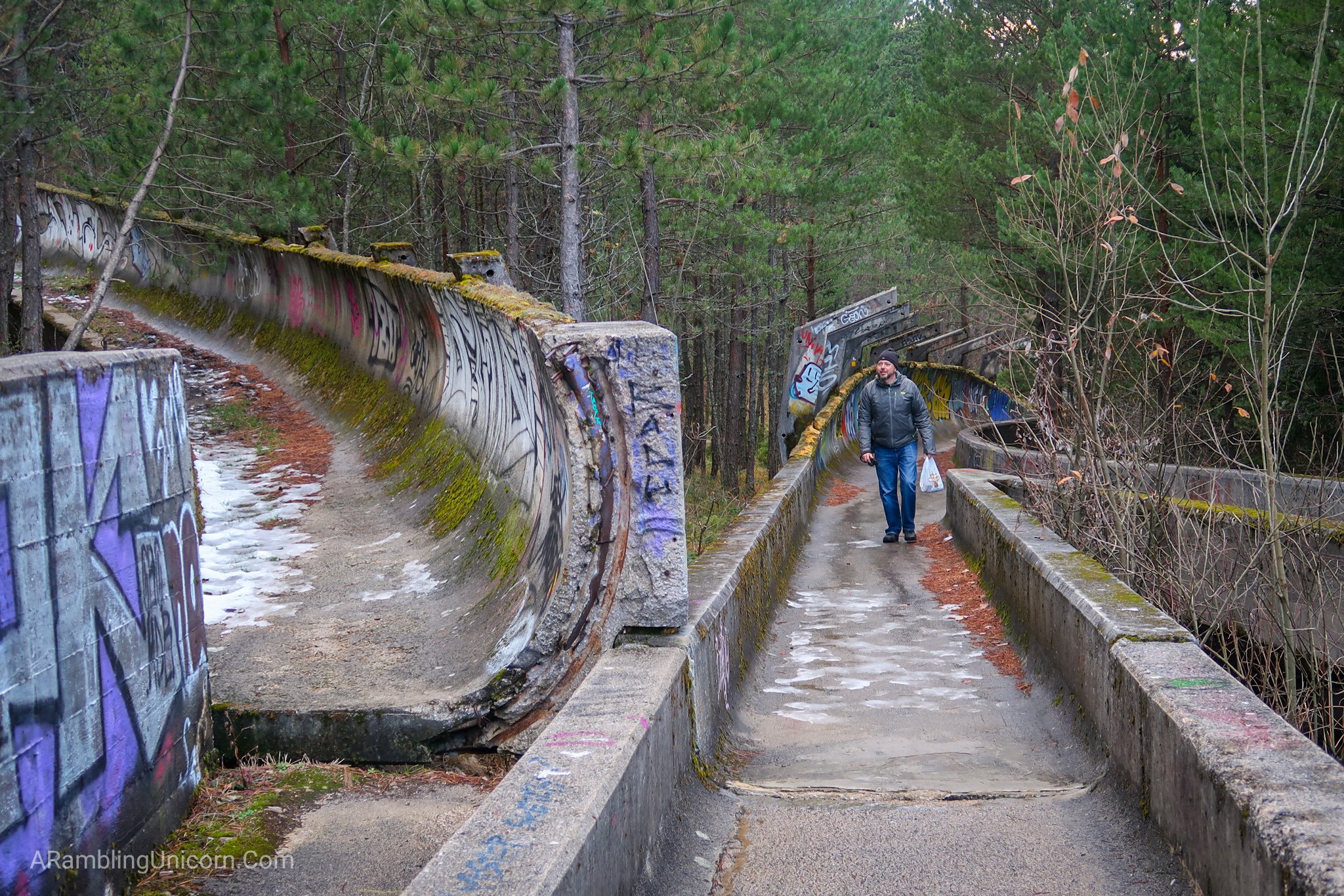








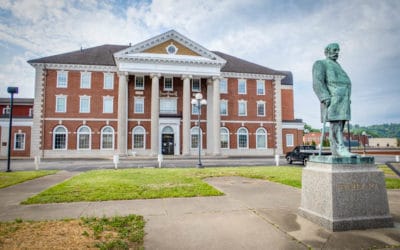
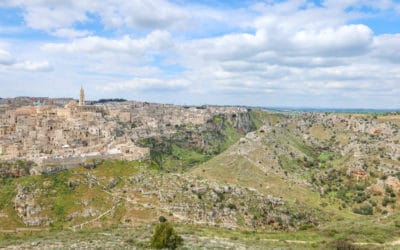
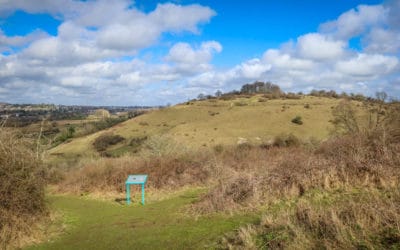
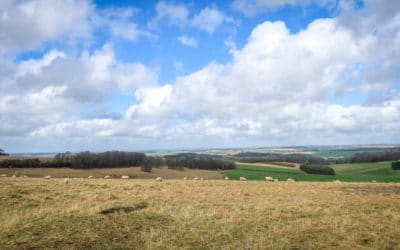
0 Comments